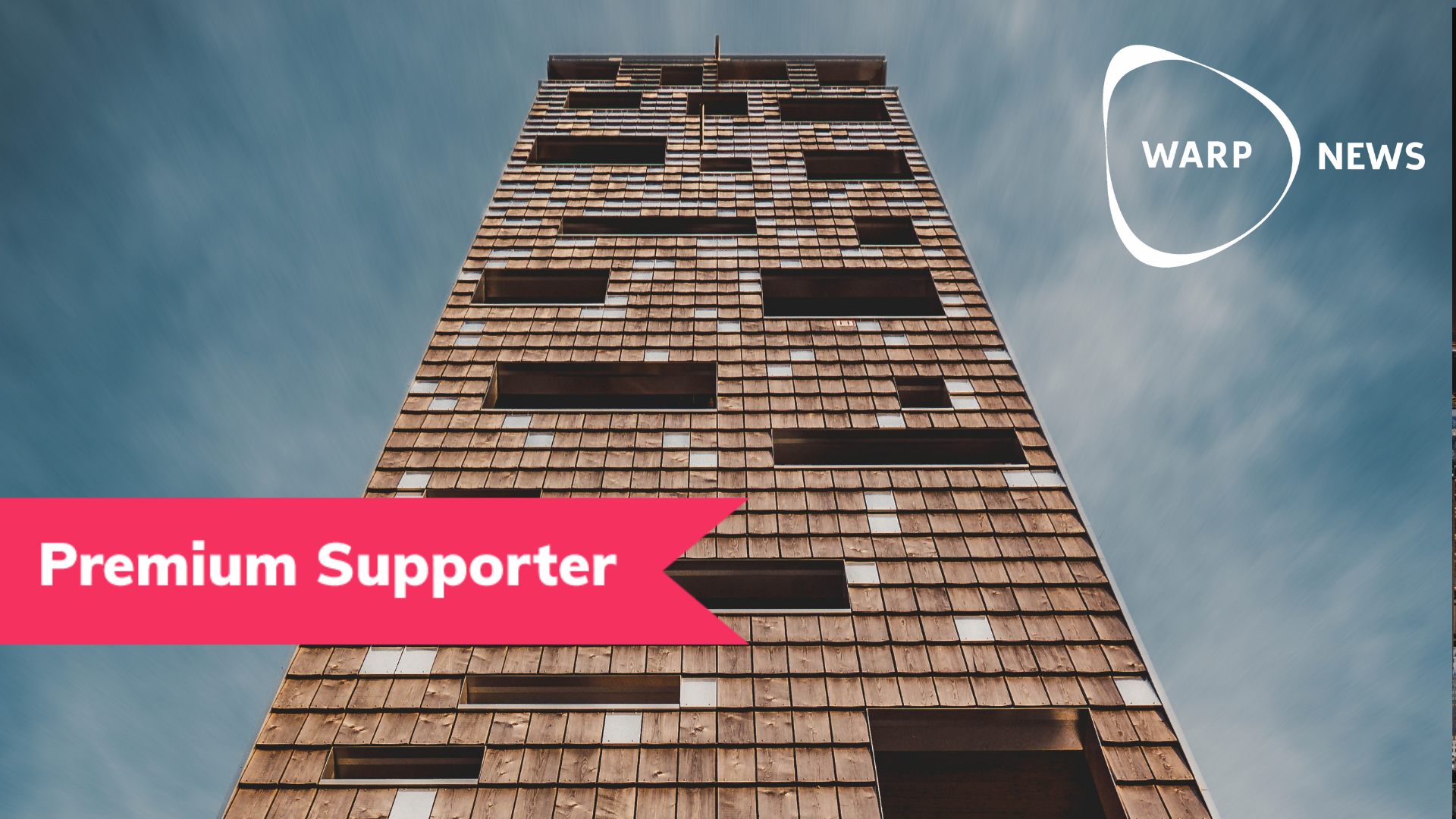
The construction sector is one of the least innovative and has for a long time been using traditional raw materials such as steel, concrete, and wood. This leads to high costs of extraction, processing, and construction.
It also comes with a high environmental impact: construction is responsible for 39 percent of global energy-related emissions.
The most advanced research areas are zero-emission buildings and intelligent houses. On the other hand, experimentation with new building materials is proceeding quite slowly: effective techniques linked to the circular economy and zero-waste construction are still a long way off.
But what if I told you about the existence of new technology, only using industrially unused compostable material, which makes the building grow and regenerate itself?
This is not science fiction, but mycelium, the vegetal part of mushrooms!
How to develop a building assembling itself?
Believe it or not, mushroom constructions are possible, and they exist. Or rather, they lived and then were composted.
In 2014 TheLiving studio built Hy-FI, the first mushroom building in New York.
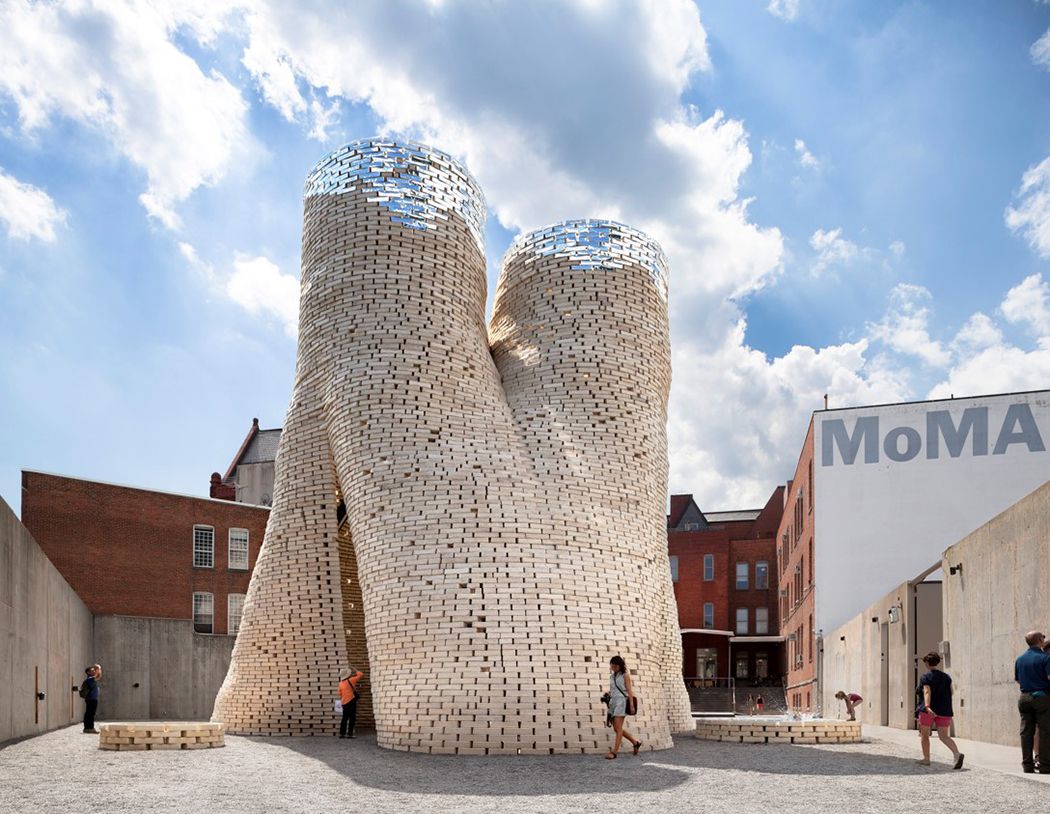
Shredded crop waste and mycelium are placed in formwork and allowed to grow. After only five days, a fully formed brick is obtained through the fungus metabolism. This material is light, resistant, and inexpensive, mainly using waste. And it has a low environmental impact.
The construction materials used have zero extraction need and meager processing costs, and they assemble themselves to form the brick.
But what about the CO2?
Fungi do release CO2 as they grow. But by making it digest a waste, which would equally degrade, it acts as a carbon-dioxide deposit, decreasing its content in the atmosphere.
Italian experimentation behind new materials
The Italian company Mogu acts as a mycelium industrial experimentation center for building materials and more. After years of research, they have developed mycelium materials in several forms, from foams to high-density.
Like Hy-Fi, mycelium is grown on a substrate of agricultural organic waste for a few days, creating a coherent and reinforced material. To make it inert, stable, and safe for humans, as production ends, the material is dried slowly, killing the microorganism.
The experiments carried out so far have led to two different mycelium applications:
- acoustic panels with high absorption in all frequencies
- elegant and resistant tiles
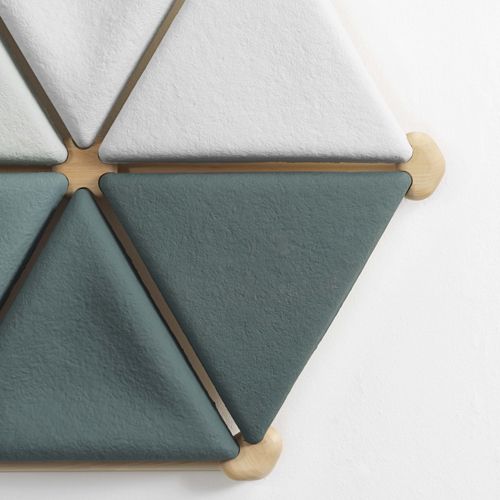
The way to obtain an accurate living building material
It may seem weird that existing technologies exploit the mycelium characteristics only for the initial growth of the brick, then the material is rendered inert by killing the microorganism. So, the latest research aims to develop a technology that lets the fungus live together with the building.
The incredible discovery is that mushrooms can be used to carry electrical signals and data: forests are full of mycelium networks, responsible for processing and exchanging information between plants and trees.
This leads to an even more outstanding fungi application in intelligent buildings.
In December 2019, the Fungar project was initiated to create a living structural substrate in mycelium, able to process and exchange data with a computer. The goal is to create a bio-material that can self-build, repair, and regenerate itself and adapt to the surrounding environment.
The project is financed with European funds within Horizon 2020. The consortium in charge of the project has a strongly trans-sectoral vision, including:
- UWE Bristol in the UK, as coordinating partner expert in the computer science
- the University of Utrecht in the Netherlands for mycology
- Danish CITE for the architectural part
- the Italian company Mogu as an industrial partner
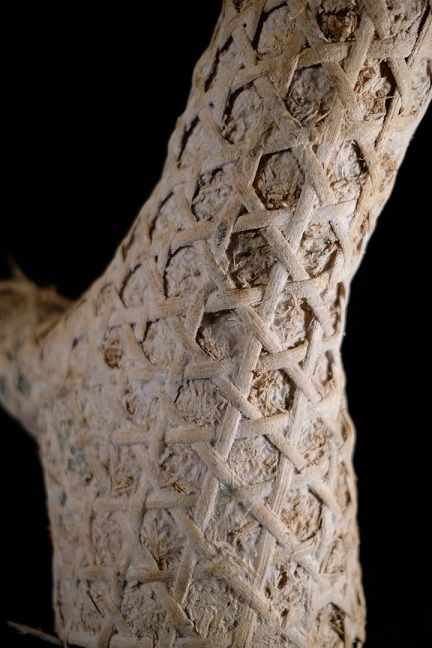
To make the material conscious and efficient, it's necessary to "train" and modify the bio-electric system of the mycelium. The training makes the material capable of detecting and processing essential information, including variations in light, temperature, and pollution. By connecting it to a computer, it should be able to actively respond to stimuli by controlling sources of lighting or heating.
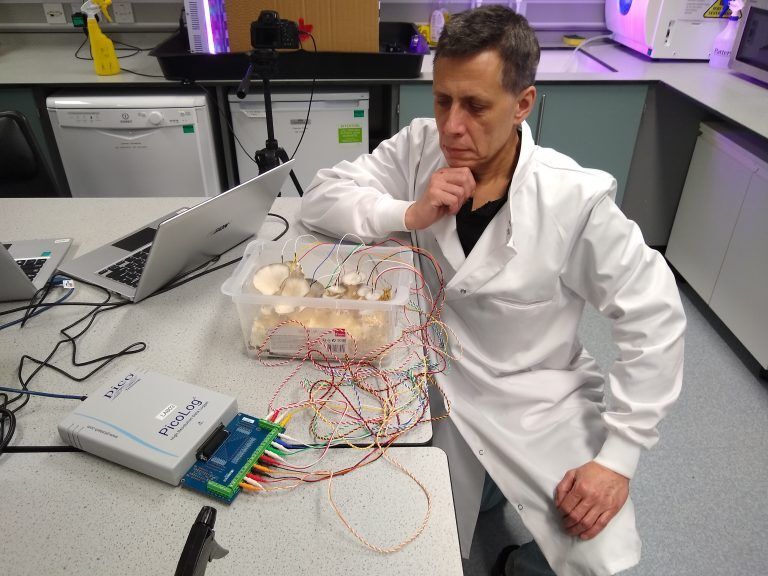
All this is connected primarily to maximizing the comfort and healthiness of human beings.
The project will end in November 2022 by constructing a full-scale demonstrator building.
Without cables, sensors, and complex devices, but by simply modifying existing natural creations, we will in the future be able to live in more healthy and biodegradable environments.
